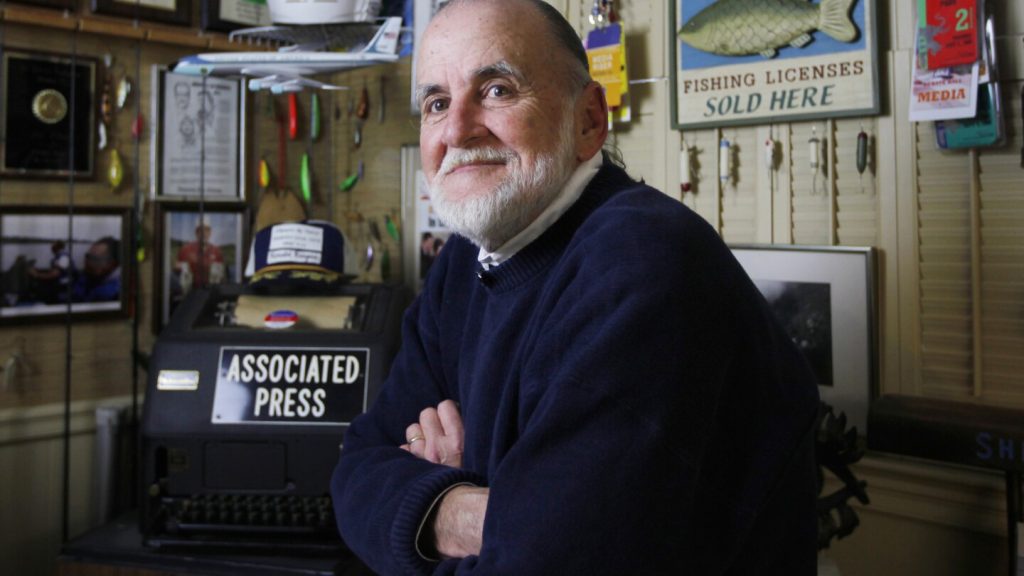Associated Press photographer Ron Edmonds passed away at the age of 77 after a distinguished career of 28 years covering the Reagan White House. His most notable moment came on March 30, 1981, when he captured a series of images of President Ronald Reagan being shot by John Hinckley Jr. as he emerged from a Hilton hotel. Edmonds’ photographs, taken across the roof of Reagan’s limousine, documented the moment when Reagan was struck and then rushed to the hospital, ultimately saving the president’s life. These images earned Edmonds the Pulitzer Prize for spot news photography.
Reflecting on that fateful day three decades later, Edmonds described how the shooting took place in a split-second, with him capturing the moment through his camera viewfinder. Unsure if the images would be blurry due to the rapid nature of the event, Edmonds had to wait for the film to be processed to see the negatives. Despite the uncertainty, he knew he had captured the event as it unfolded. His dedication to his craft and his ability to document historic moments earned him respect and admiration from his colleagues, competitors, and the subjects he covered.
Over the course of his career, Edmonds traced his journey from taking a photography class in 1968 to freelancing in California and eventually joining the Associated Press during Reagan’s presidential campaign in 1980. He recalled the honor and privilege of working as the AP’s White House photographer alongside legendary figures in the journalism field. His passion for photography and dedication to his job were evident in his work, earning him accolades and recognition throughout his career.
Despite his accomplishments, Edmonds remained humble and grounded in his approach to journalism. He emphasized the importance of always watching the president and capturing key moments with precision and professionalism. Even in moments of uncertainty, such as after the shooting of Reagan, Edmonds maintained his focus and commitment to his job. His legacy and impact on the field of photojournalism were highlighted by colleagues who praised his kindness, dedication, and willingness to support and mentor others in the industry.
Throughout his career, Edmonds covered a wide range of events, from presidential campaigns to Super Bowls and the Olympics. His ability to capture the essence of each moment and convey the significance of historic events through his photographs left a lasting impression on those who worked with him. Colleagues remembered his generosity, professionalism, and commitment to excellence, noting that Edmonds always put the AP first and supported his fellow photographers.
In retirement, Edmonds left a legacy of dedication, passion, and professionalism in the field of photojournalism. His impact on the industry and the countless moments he immortalized through his camera lens will be remembered by those who had the privilege of working with him. As a mentor, colleague, and friend, Edmonds’ influence will continue to inspire future generations of journalists and photographers who seek to capture the essence of history through the power of visual storytelling.


